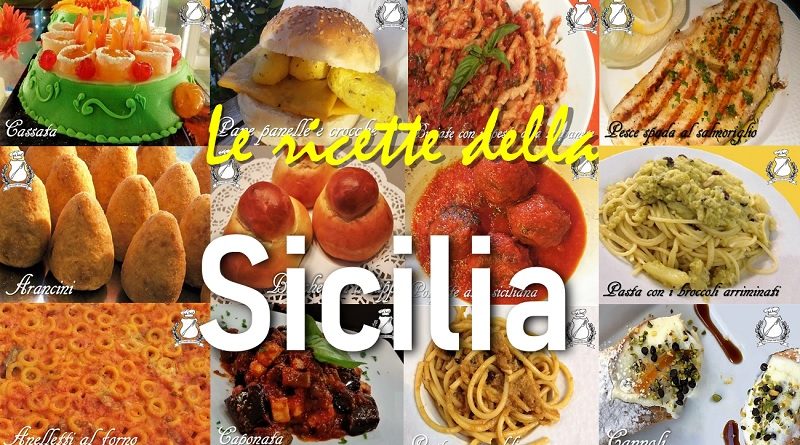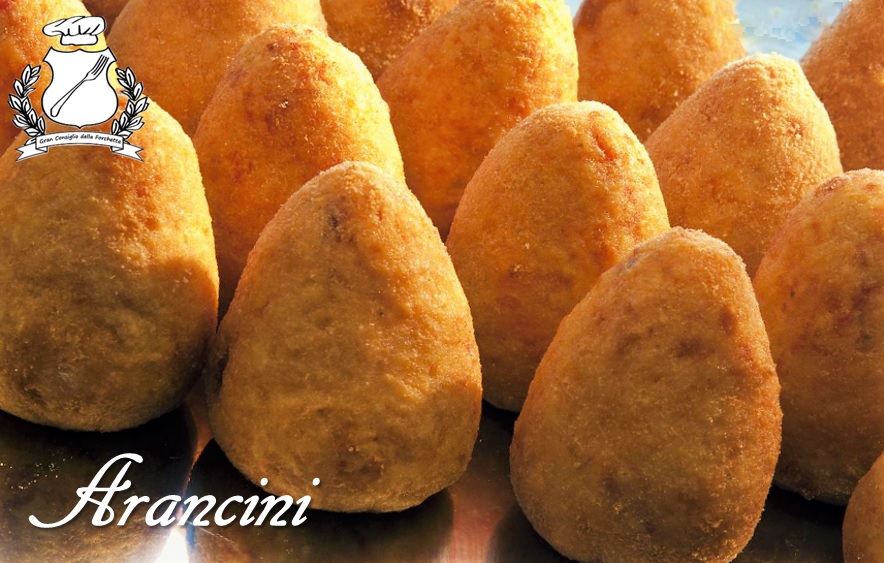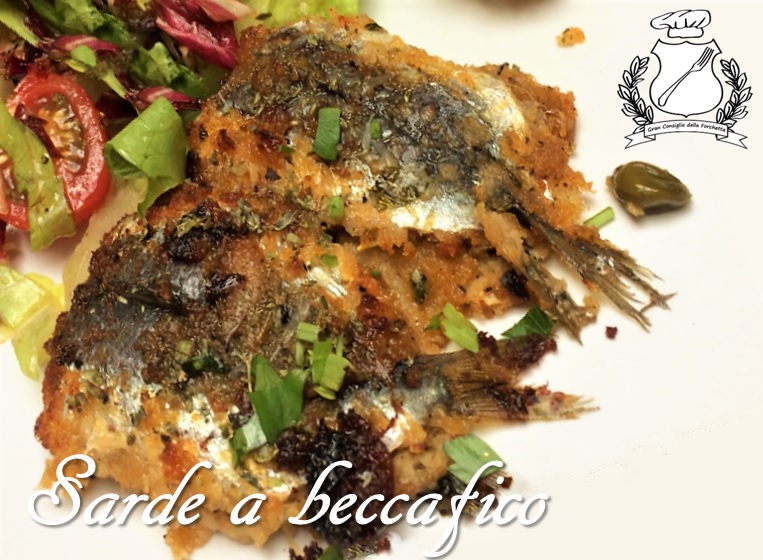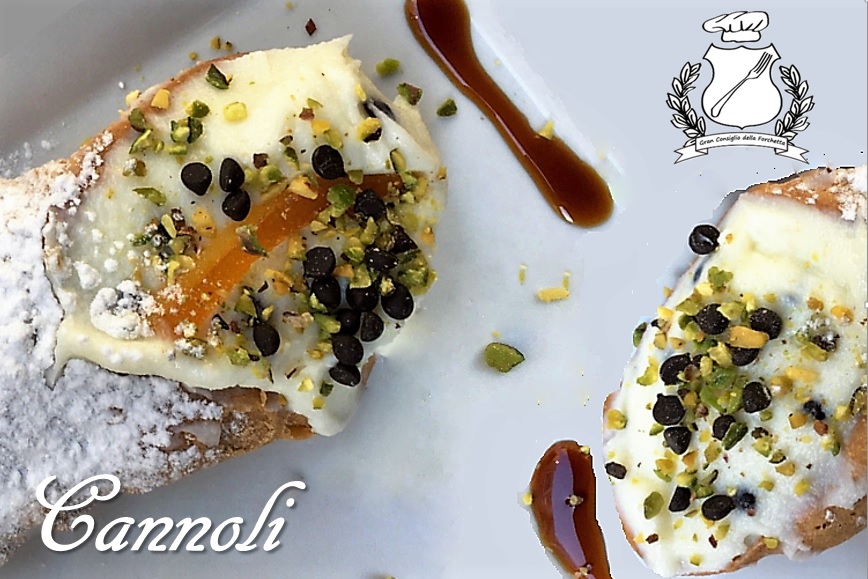
The Traditional Recipes of Sicily

The typical recipes of Sicily
The old woman of Salaparuta recited the “exorcism” to me; with bold exegesis she explained to me the reason for the fennel, the mountain fennel, in the pasta with sardines. I was certainly not convinced; I could have, with little respect for her ingenuous faith, reminded her of the story that I had also collected: “Santa Lucia ‘n càmmira stasia, oru tagghiava e argentu cusia. Passan lu Signuri ccu Maria e cci rissi; – Who are you doing, Lucia? – Cuggii ‘ na rama ri finocchiu e mi ui ‘na muchiedda nna l’occhiu. – Susi, Lucia, ca nenti è!”.
The sty had entered, and not exited, because of the fennel. That was not the origin, and who knows what, of the presence of fennel in pasta with sardines. I was grateful to her however; she had given confirmation, unconsidered, by suggestion: the dishes here are, to a wider and more decisive extent than elsewhere, rituals; constant in these lands the overlapping in tangle, sometimes inextricable, of sacred and profane.
Perhaps a legacy of the tangle, or rather of the interweaving, of civilization; Sicily has really been at the center of four thousand years of Mediterranean history, you really aren’t surprised, a little bit that you have beaten them, the sunny lands: columns of Greek temples support architraves of cathedrals; square boulders of medieval roman empire castles; the bell towers were minarets; mosques and churches; the Baroque flourishes on the Quaternary tunnels that are still inhabited in some cases.

This taste, a beautiful experience, confess it, all the foods of Sicily have to some extent, because in all of them you find, perhaps under a rough rind, like an orange, freshness and innocence. From fruits and vegetables to exciting foods, in a vast arc in terms of breadth and difference: from pasta with sardines to petronciane; from popular arancini to caciu, even more rustic, to argintera; from the cùscusu that nearby Africa reminds you of to the patient original simulation; from cannoli to cassata.

The sun, the sea and the earth are the fundamental ingredients of those typical flavors that only Sicily can give.
“Gesù, gli arancini di Adelina ! Li aveva assaggiati solo una volta: un ricordo che sicuramente gli era trasùto nel Dna, nel patrimonio genetico”.“Adelina ci metteva due jornate sane sane a pripararli. Ne sapeva, a memoria, la ricetta. Il giorno avanti si fa un aggrassato di vitellone e di maiale in parti uguali che deve còciri a foco lentissimo per ore e ore con cipolla, pummadoro, sedano, prezzemolo e basilico. Il giorno appresso si pripara un risotto, quello che chiamano alla milanìsa, (senza zaffirano, pi carità!), lo si versa sopra a una tavola, ci si impastano le ova e lo si fa rifriddàre.

Intanto si còcino i pisellini, si fa una besciamella, si riducono a pezzettini ‘na poco di fette di salame e si fa tutta una composta con la carne aggrassata, triturata a mano con la mezzaluna (nenti frullatore, pi carità di Dio!). Il suco della carne s’ammisca col risotto. A questo punto si piglia canticchia di risotto, s’assistema nel palmo d’una mano fatta a conca, ci si mette dentro quanto un cucchiaio di composta e si copre con dell’altro riso a formare una bella palla.
Ogni palla la si fa rotolare nella farina, poi si passa nel bianco d’ovo e nel pane grattato. Doppo, tutti gli arancini s’infilano in una padeddra d’oglio bollente e si fanno friggere fino a quando pigliano un colore d’oro vecchio. Si lasciano scolare sulla carta. E alla fine, ringraziannu u Signiruzzu, si mangiano!”.
From “The arancini di Montalbano” by Andrea Camilleri.




